Michael Snow (1928–2023, Toronto)
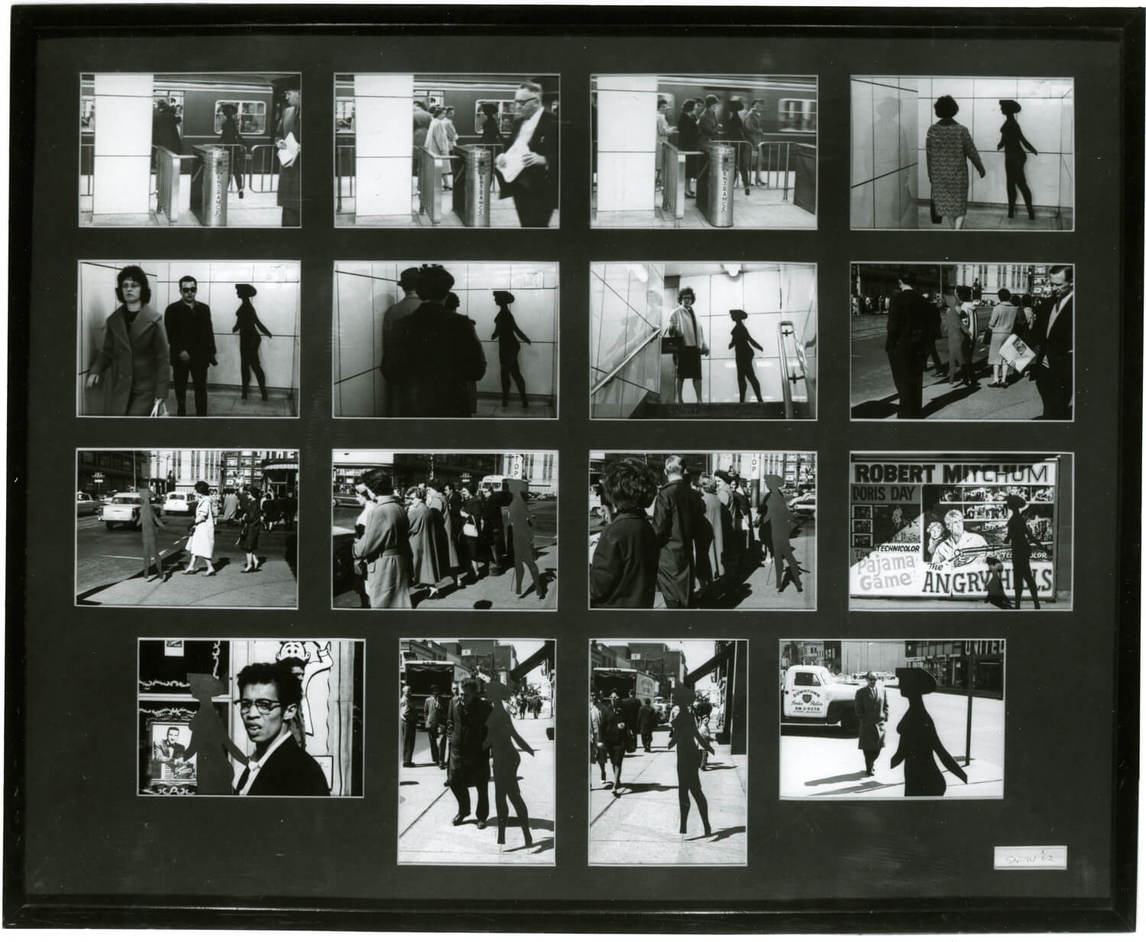
Four to Five, 1962, printed 1991
Sixteen gelatin silver prints, overall: 68 x 83.3 cm
Art Gallery of Ontario, Toronto
Michael Snow (1928–2023) is an internationally recognized artist who—although better known for his sculpture, painting, experimental film, and music—has also produced a significant body of work of photography. One of Snow’s most famous projects, Walking Woman, 1961–67, was developed in New York and entailed placing large sculptural cut-outs of a female figure in public spaces. These two-dimensional objects were situated in a three-dimensional environment before being transformed again through photography. Four to Five, his first explicitly photographic work, consists of a grid of photographs of the Walking Woman in Toronto subway stations and streets and invites viewers to consider the effect of the motif in public space. There is a narrative element to this work, as viewers tend to make connections between the frames in order to read them as a sequence.
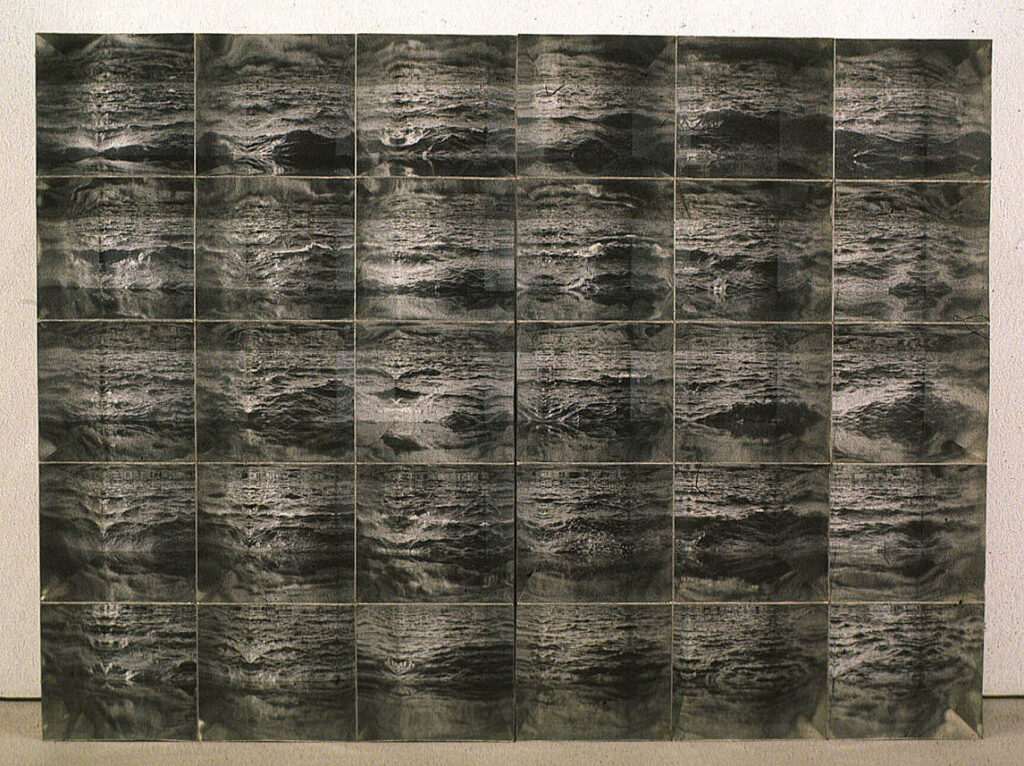
Snow’s work investigates how we perceive and represent the world, particularly in terms of space and time. Many of his sculptures offer frames for viewing and his films slow down the passage of time. In terms of photography, Snow questioned its relationship to realism and was more interested in how it warps our sense of the world, what he called “the stasis of the stopped-time photographic image,” which distorts our experience of the world as much as it captures that experience.
Initially trained in graphic design, as a young artist Snow was constantly expanding his technical and conceptual vocabulary. He read widely in art history, travelled to Europe in the 1950s, and moved to New York in the 1960s with his first wife, painter and fellow filmmaker Joyce Wieland (1930–1998).
Throughout the 1960s, Snow exhibited with the Isaacs Gallery in Toronto and became more involved with the gallery when he and Wieland moved back to Toronto in 1971. Over the course of his long career, Snow thwarted conventional expectations through the use of photographic books, grids, and series, as well as work that includes slides, light boxes, and holograms, often incorporating photographs into multimedia works and films. Snow’s vast output has been exhibited around the world, including in the first solo exhibition at the Venice Biennale’s Canada pavilion in 1970 and an exhibition of his early photo work at MoMA in 1976.

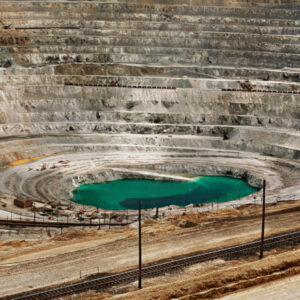 About the Authors
About the Authors
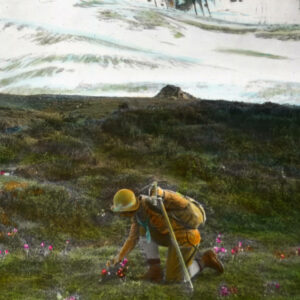 More Online Art Books
More Online Art Books
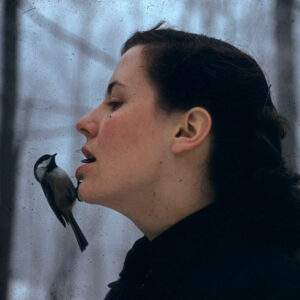 Acknowledgements
Acknowledgements